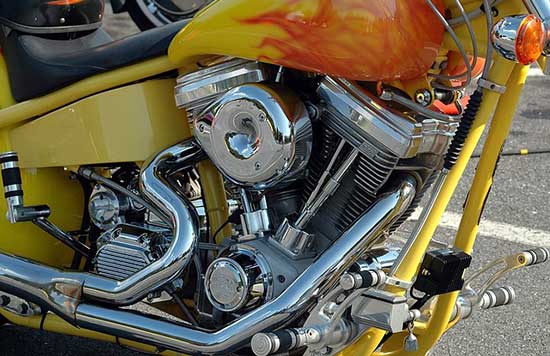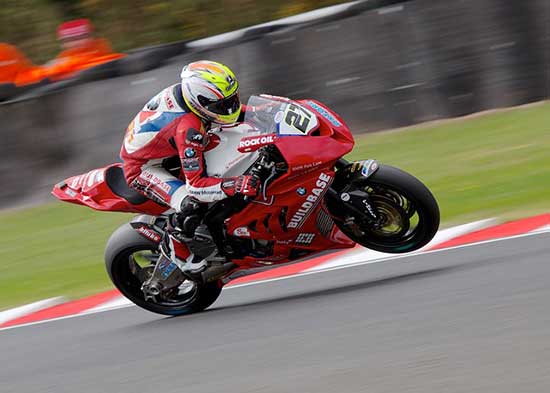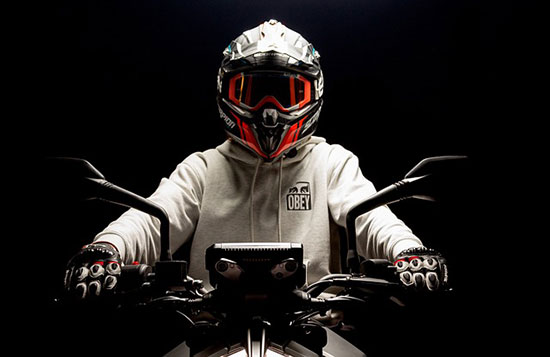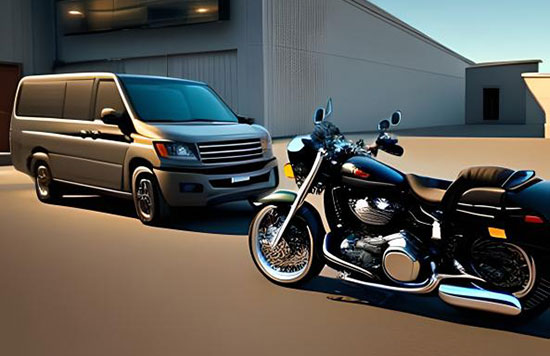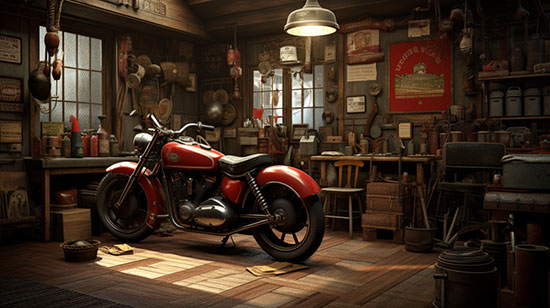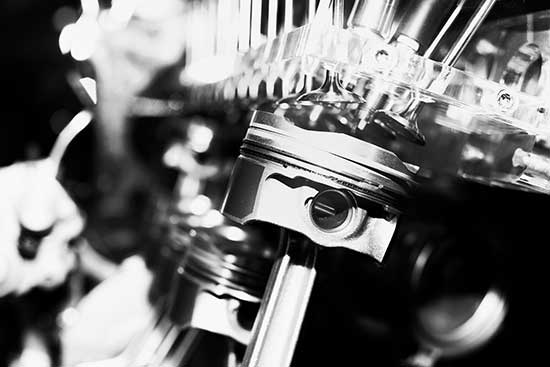Motorcycle riders face numerous dangers on the road, and one of the most unpredictable and frightening hazards is deer collisions.
With the increase in deer populations in many areas, this risk is becoming more prevalent. As a result, many riders are searching for solutions to help reduce the likelihood of an accident.
One such solution is the deer whistle. But do deer whistles really work on motorcycles? Let’s find out!
Contents
What are Deer Whistles?
How Do Deer Whistles Work?
Deer whistles are small devices designed to emit ultrasonic sound waves when air passes through them.
These sound waves are said to be audible to deer and other animals, alerting them to the presence of an approaching vehicle.
The idea is that, upon hearing the sound, the deer will be startled and move away from the road, reducing the chances of a collision.
Deer Whistles and Motorcycles
Deer whistles have been used on cars and trucks for years, but their effectiveness on motorcycles remains a subject of debate. Let’s examine the different aspects of using deer whistles on motorcycles.
Installation Process
Installing a deer whistle on a motorcycle is generally an easy task. The whistle can be attached to the front of the bike, usually on the handlebars, fairings, or forks.
It’s important to ensure that the whistle is facing forward and is not obstructed by any part of the motorcycle, as this could affect its performance.
Effectiveness
The effectiveness of deer whistles on motorcycles is a controversial topic. Some riders swear by them and believe they’ve helped prevent deer collisions, while others claim that they have no effect.
Scientific studies on the subject have been inconclusive, and the results often depend on factors such as the speed of the vehicle, the type of whistle used, and the individual deer’s behavior.
Ultimately, the effectiveness of deer whistles on motorcycles remains uncertain.
Pros and Cons
Pros:
- Easy to install
- Inexpensive
- Provides a sense of security to some riders
Cons:
- Inconclusive evidence regarding the effectiveness
- May not work in all situations or on all deer species
- Can provide a false sense of security
Alternative Methods to Avoid Deer Collisions
While the effectiveness of deer whistles on motorcycles remains debated, there are other methods that riders can use to reduce the chances of a collision with a deer.
Stay Alert and Aware
One of the best ways to avoid deer collisions is to stay alert and aware while riding. Pay attention to your surroundings, especially in areas with high deer populations or during peak deer activity times, such as dawn and dusk.
Keep an eye out for any signs of deer movement on the side of the road.
Use Your Motorcycle Lights
Make sure your motorcycle’s headlights and auxiliary lights are functioning properly and are aimed correctly. Bright, well-directed lights can help you spot deer and other animals on the road more easily, giving you more time to react.
Deer Collision Hotspots
Be especially cautious in areas known for frequent deer collisions. Deer crossing signs are often posted in these locations, so pay close attention and slow down when you see one. Deer are also more likely to be near the road in wooded or agricultural areas and water sources.
Proper Riding Technique
Maintaining proper riding technique is essential to avoid accidents, including deer collisions. Practice smooth braking and swerving maneuvers, so you’re better prepared to react in an emergency.
Additionally, ride at a safe speed, allowing yourself enough time to react to any obstacles that may appear on the road.
Additional Safety Gear
Consider investing in additional safety gear, such as high-visibility clothing or reflective tape, to increase your visibility to both animals and other motorists. S
ome riders also choose to use auxiliary horns or other noise-making devices to help scare away deer and other animals.
Conclusion
While the effectiveness of deer whistles on motorcycles remains a subject of debate, there are alternative methods that riders can employ to reduce the risk of deer collisions.
Staying alert, using your lights effectively, being cautious in deer-prone areas, maintaining proper riding technique, and investing in additional safety gear can all help improve your chances of avoiding an accident.
Remember, the key to staying safe on the road is being prepared and taking necessary precautions.
FAQs
1. Are deer whistles guaranteed to prevent deer collisions on motorcycles?
No, deer whistles are not a guaranteed solution. Their effectiveness is debated, and it’s essential to remain vigilant and employ other safety strategies while riding.
2. Can I use a deer whistle on any type of motorcycle?
Yes, deer whistles can be installed on most types of motorcycles. Just make sure the whistle is facing forward and is not obstructed by any part of the bike.
3. How do I know if a deer whistle is working properly?
Deer whistles work by emitting ultrasonic sound waves when air passes through them. Unfortunately, these sounds are not audible to humans, so it’s difficult to know if the whistle is functioning properly. Regularly inspect the whistle to ensure it is not damaged or obstructed.
4. What should I do if I see a deer on the road while riding my motorcycle?
If you spot a deer on or near the road, slow down and be prepared to take evasive action if necessary.
Be aware that deer can be unpredictable and may suddenly change direction. Maintain a safe speed and distance to give yourself time to react.
5. Are there any other devices that can help prevent deer collisions on motorcycles?
While deer whistles are the most common devices marketed for this purpose, some riders use auxiliary horns or other noise-making devices to scare away deer. However, the effectiveness of these devices is also debated.

